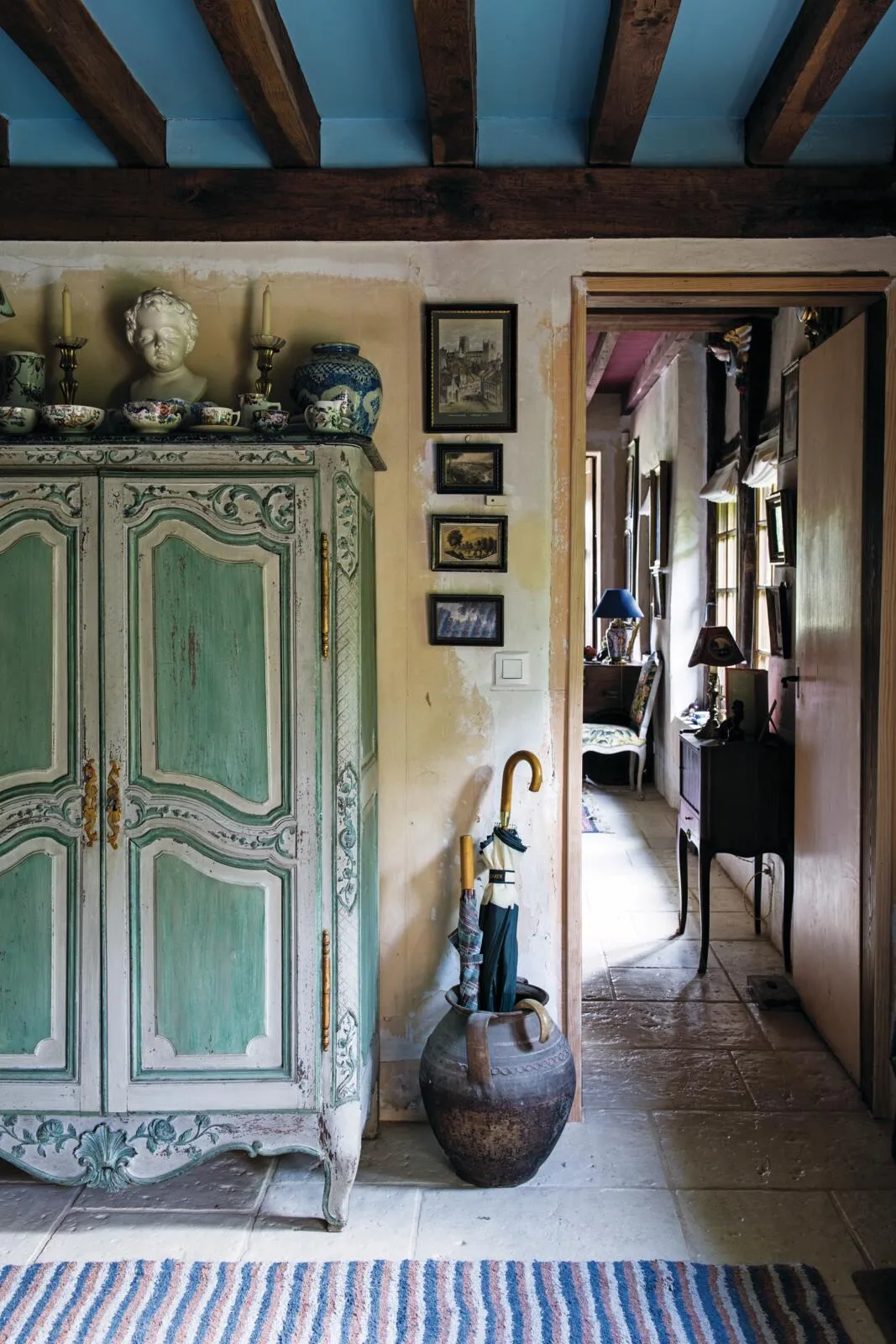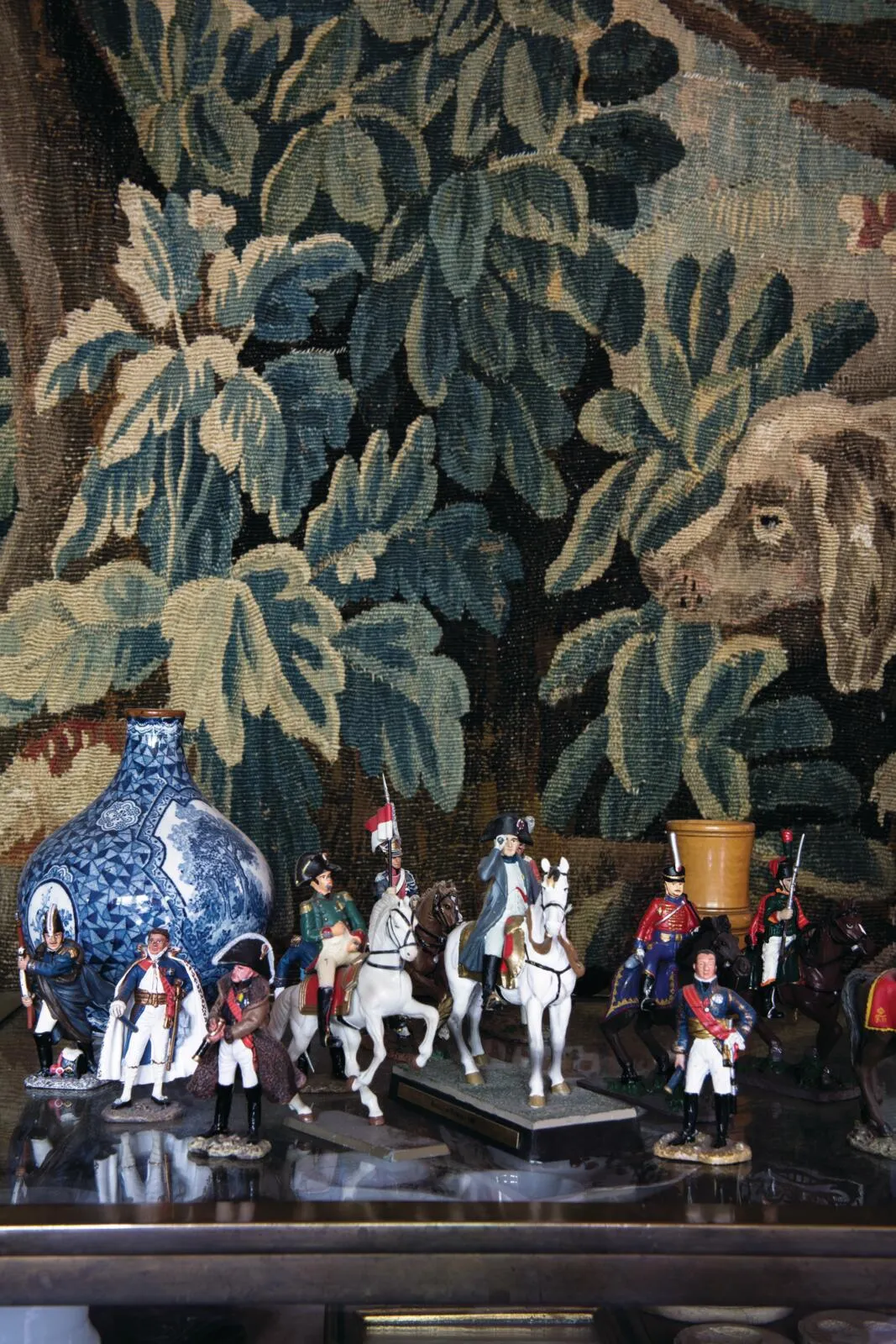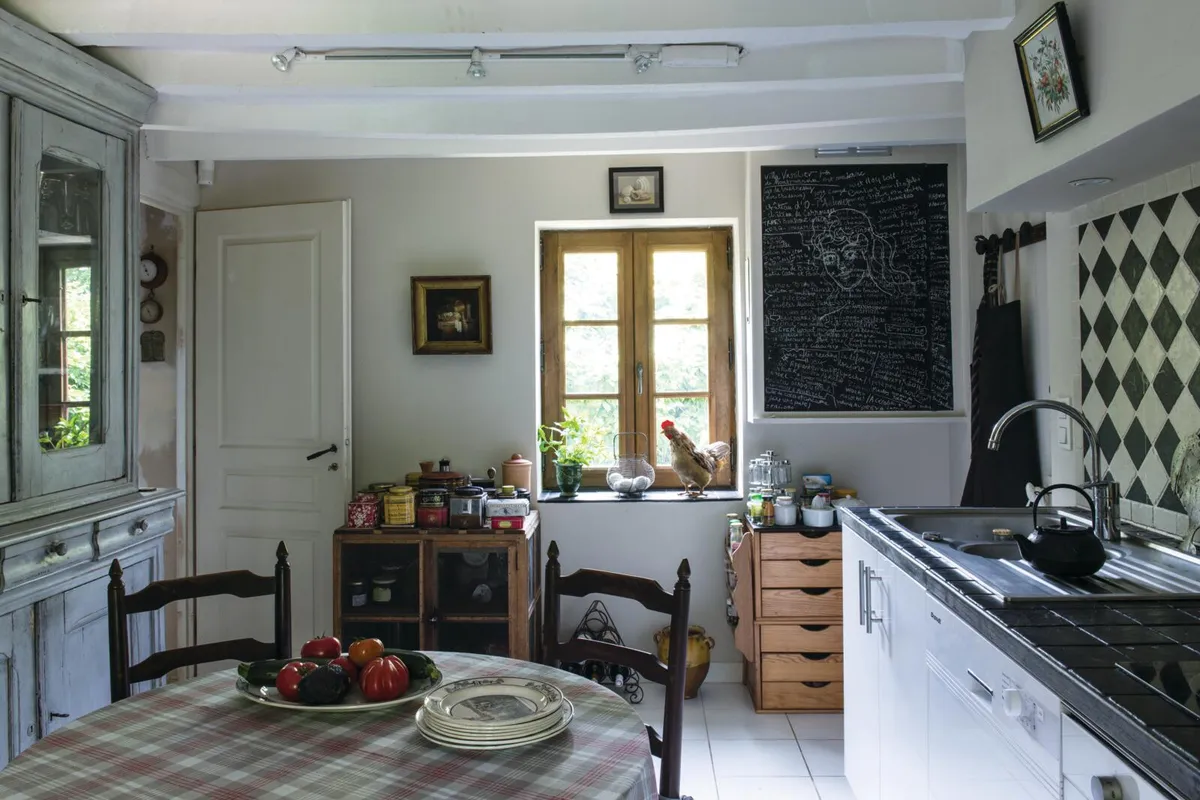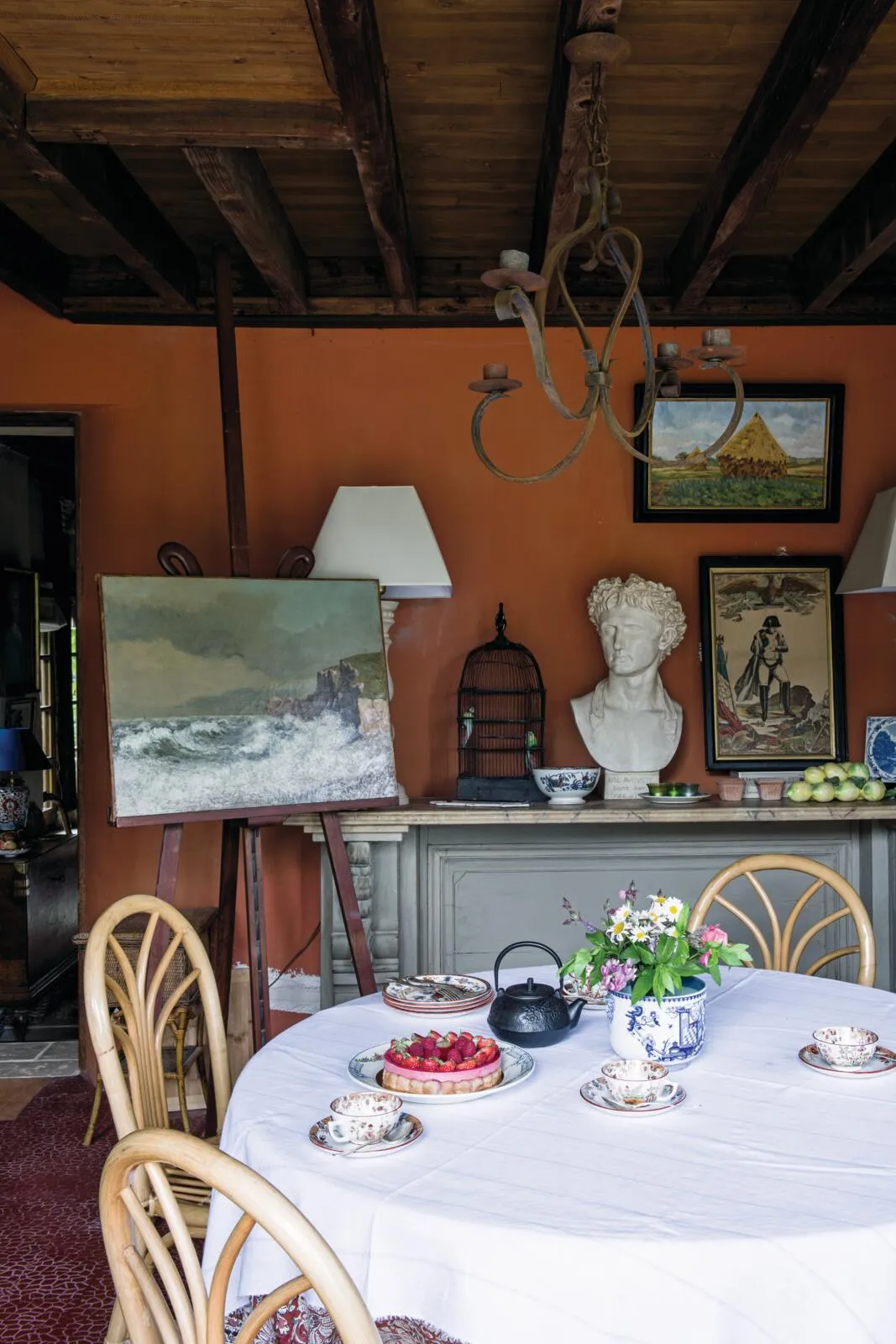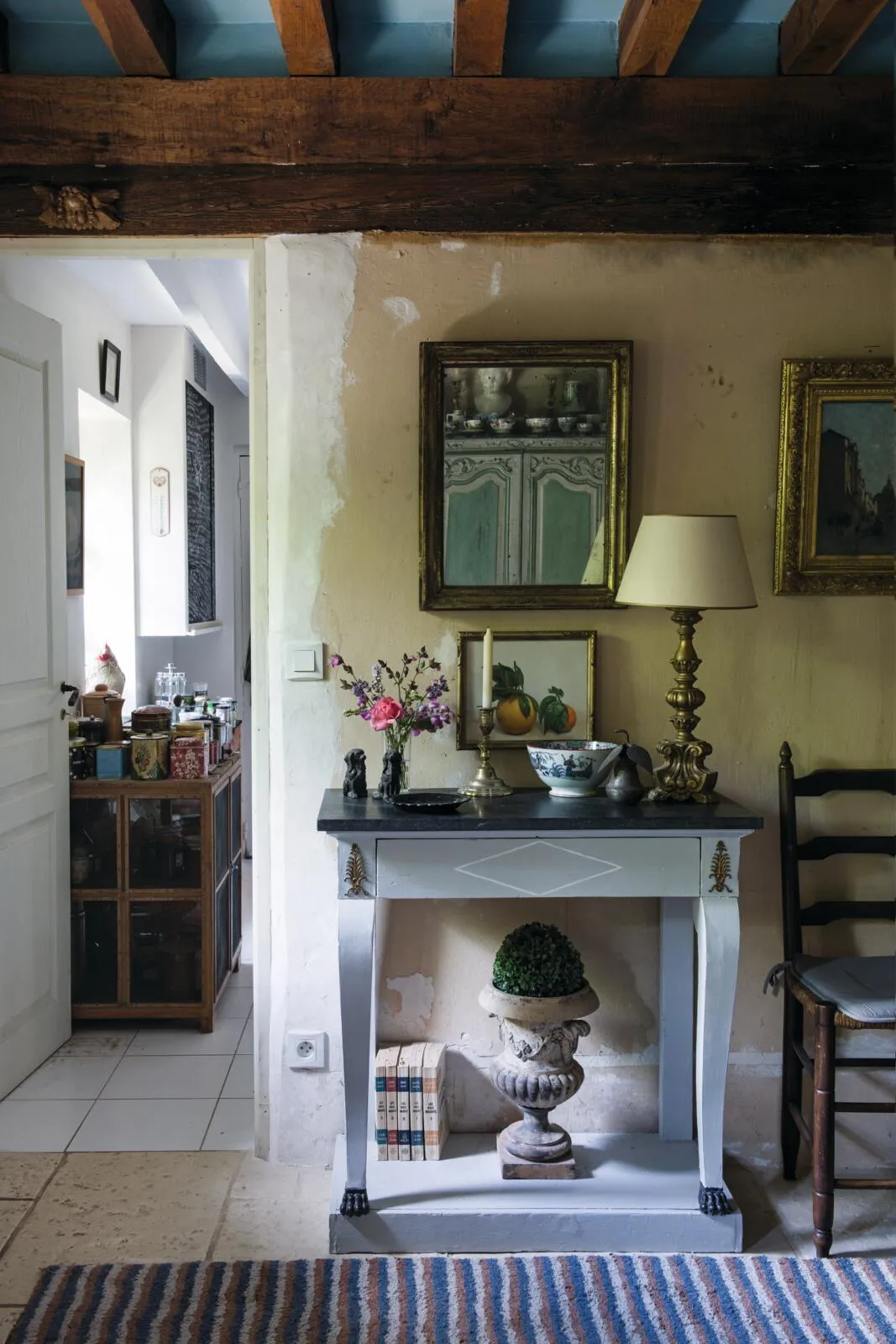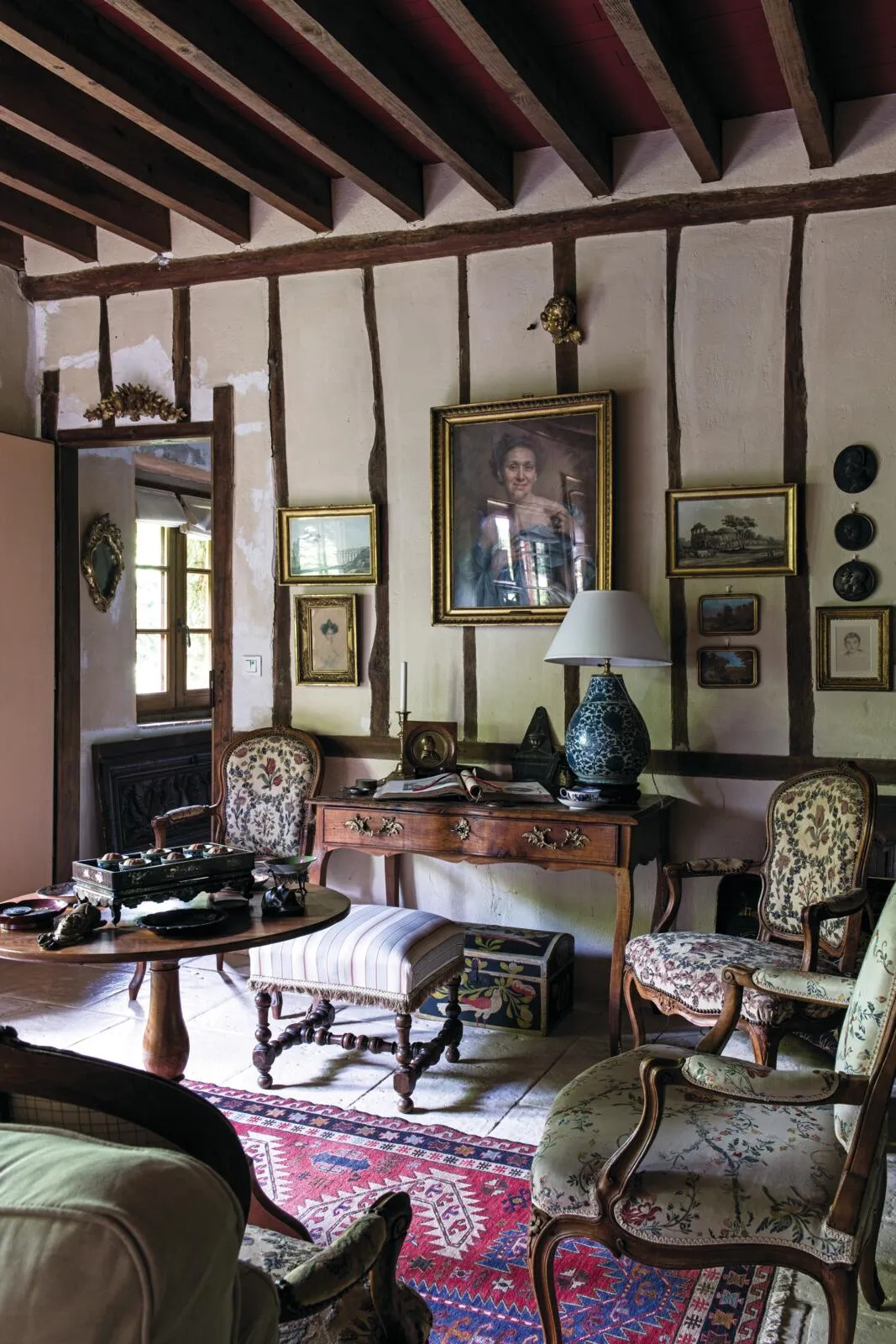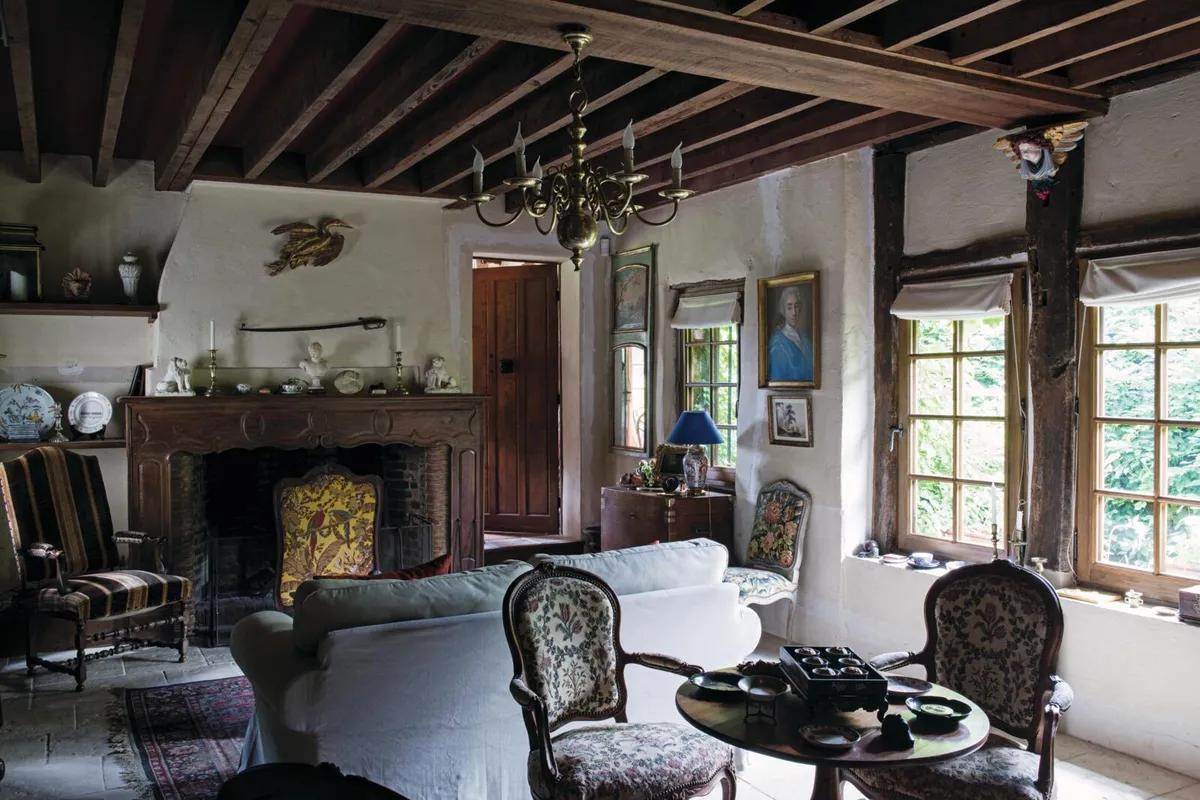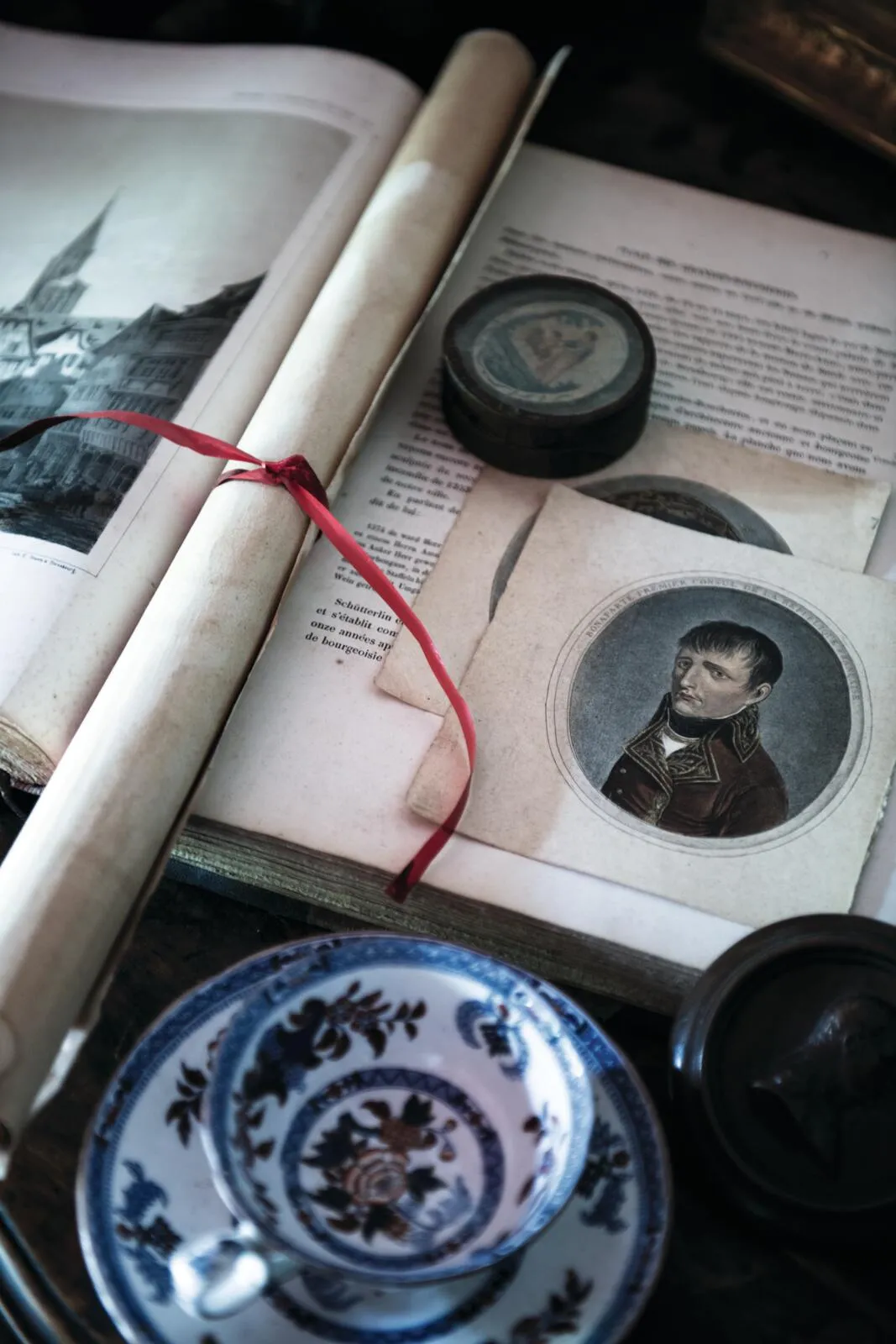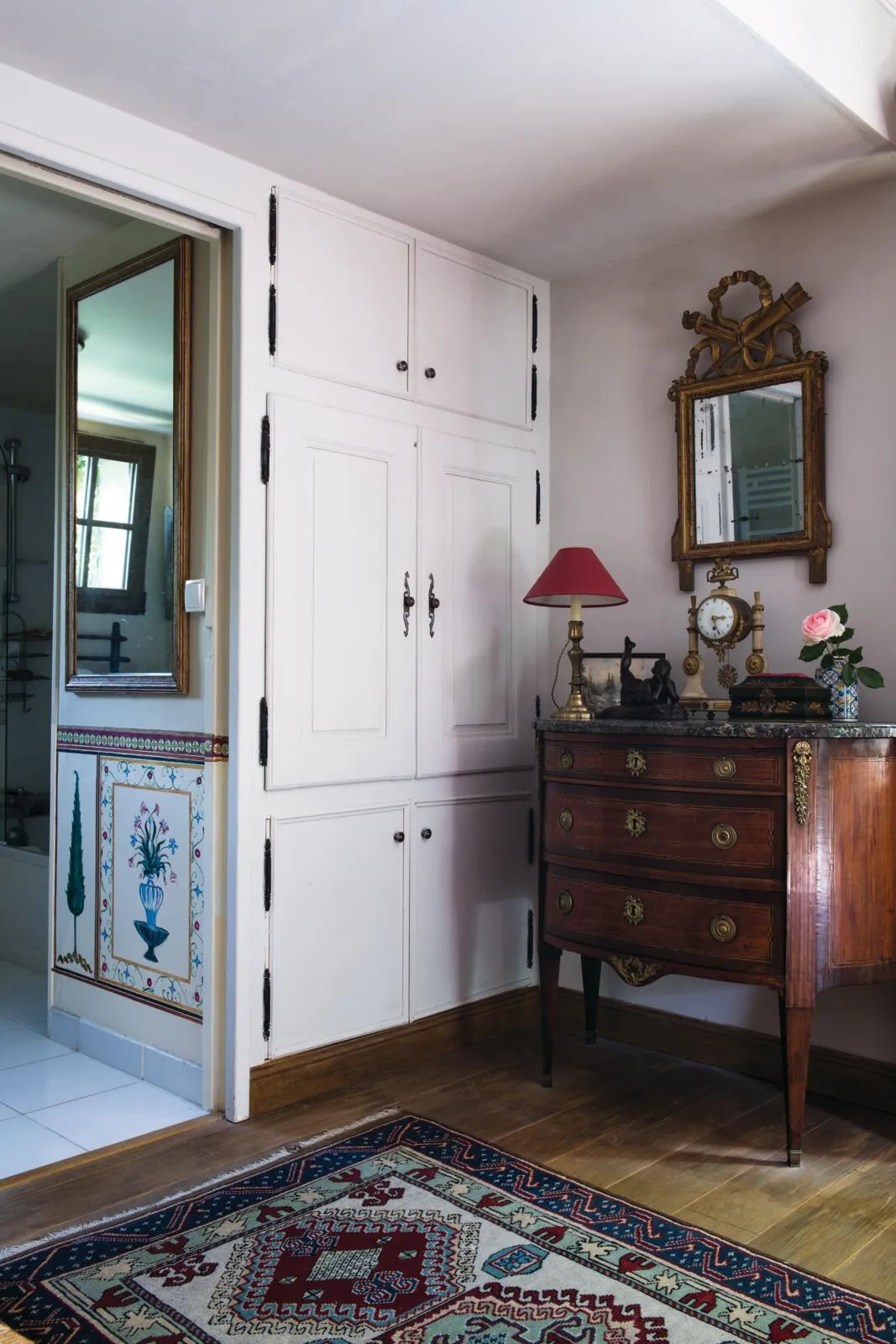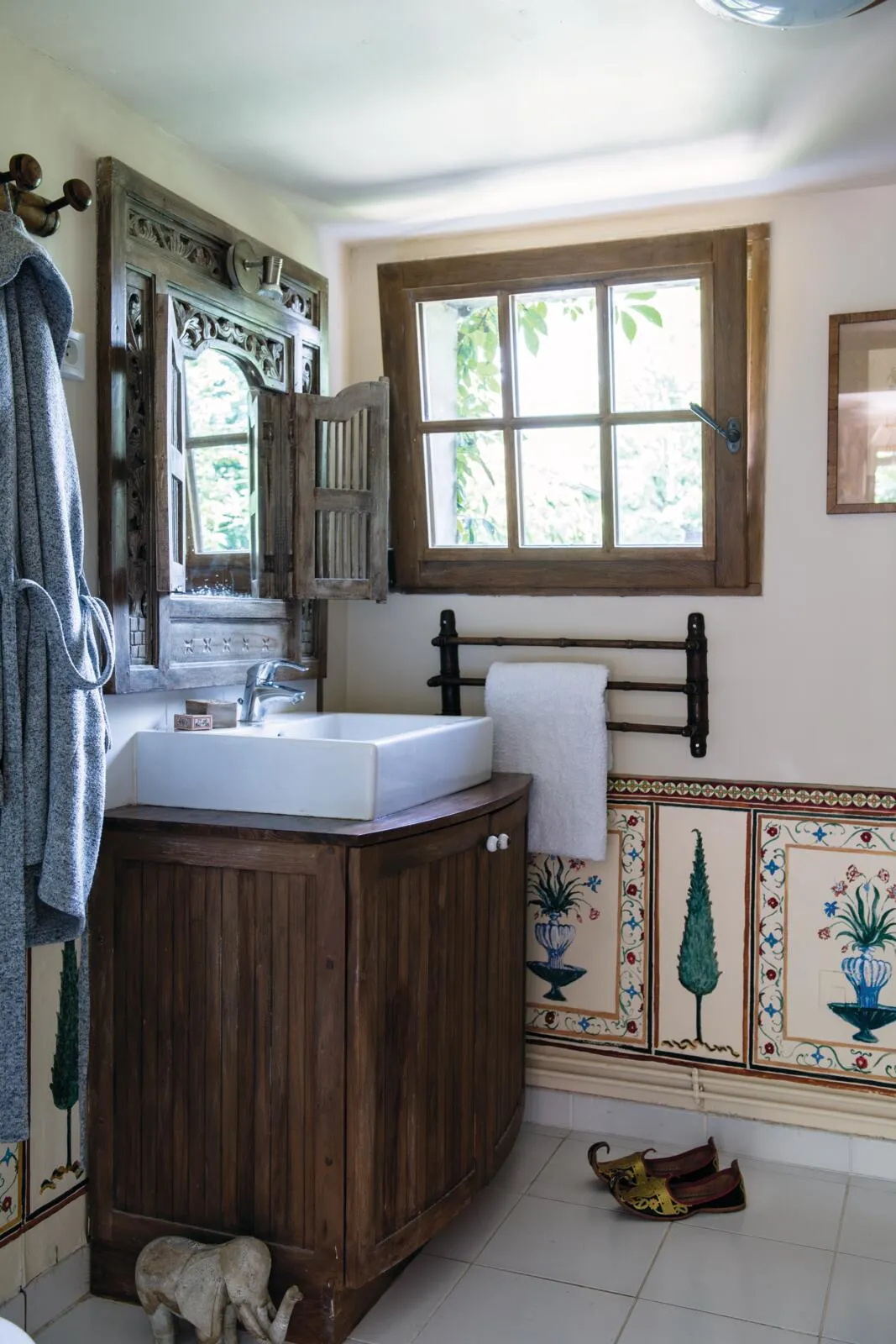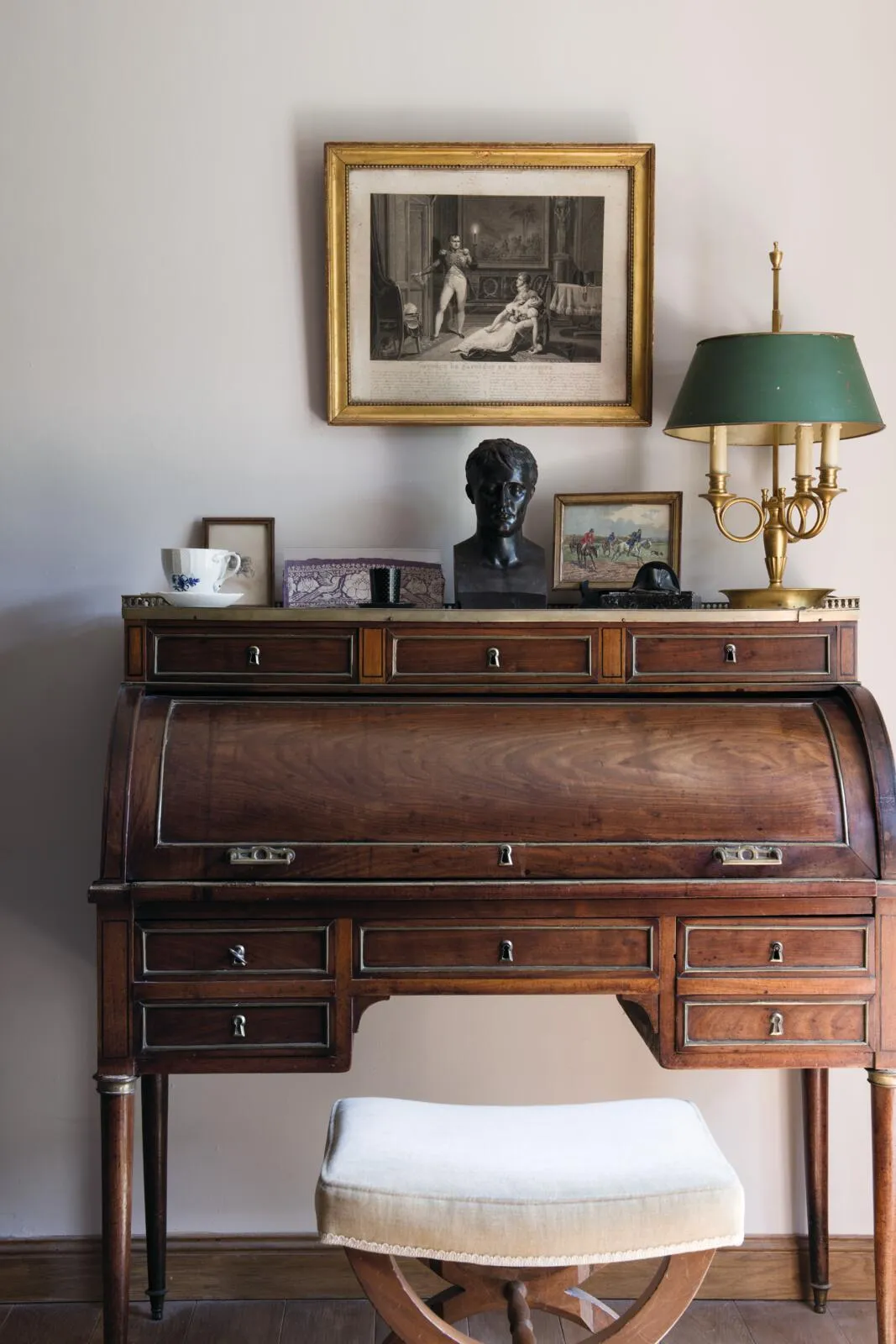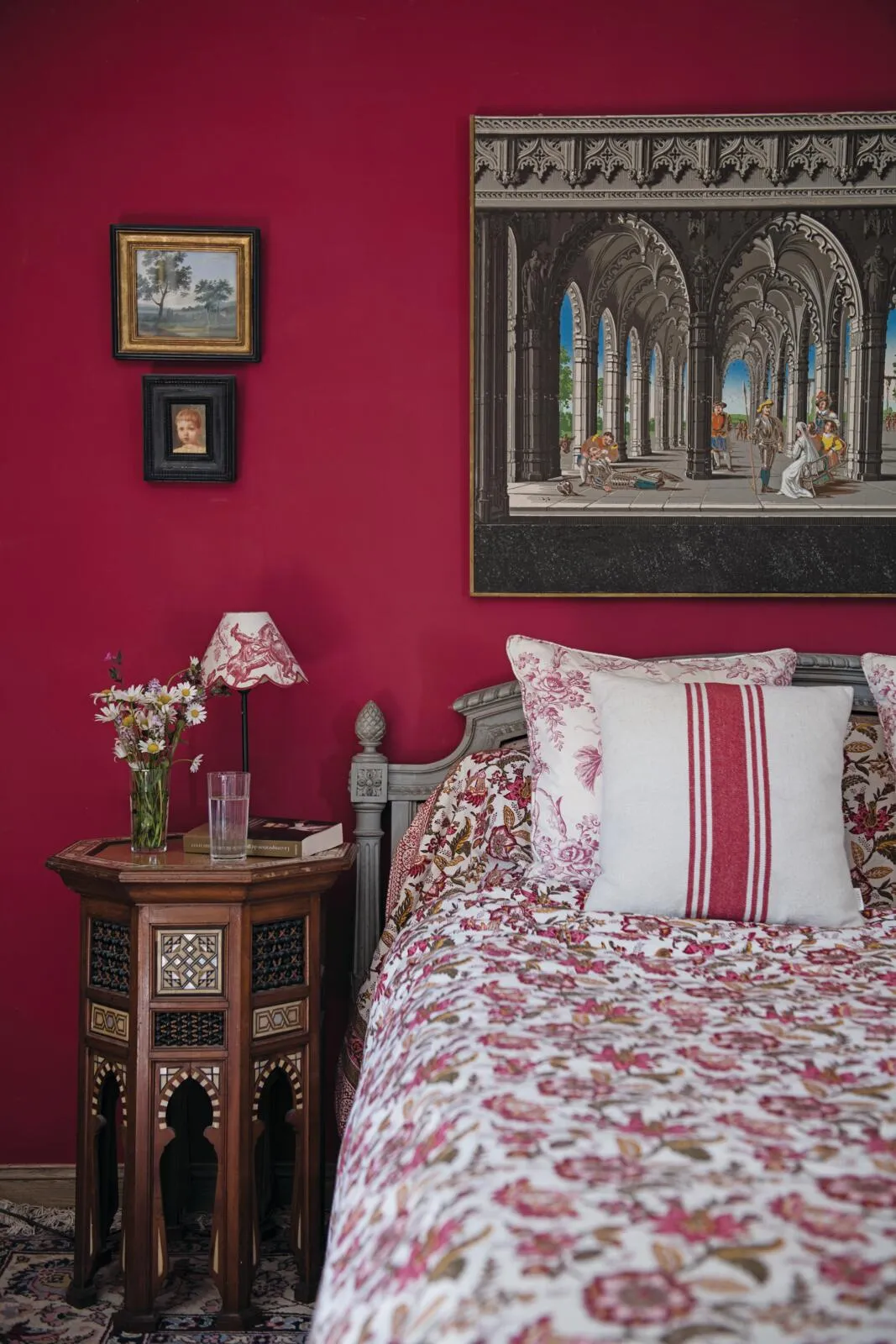Rural Normandy is a land of plenty. Orchards scattered through the hills and valleys of the Pays d’Auge region grow apples and pears, while cows graze in lush pastures giving clues to the products for which the region is famous: cheese, cider and Calvados. This area has its share of chateaux, manor houses and half-timbered abodes but, importantly for this story, inland Normandy rarely feels crowded. Charles Pierrefond grew up here and has an intense attachment to its rural bliss. After years spent in Paris, its emotional pull began to call him back.
The childhood Charles spent in Normandy informed the direction of his life ever since. His interest in history was fostered by his father, who had a consuming passion for everything related to Napoleon, both in his Bonaparte days and as Emperor. He took Charles with him to antiques fairs, galleries and exhibitions, collected Napoleon memorabilia and gave Charles a scholarly insight into the military leader’s life and work.
Though Charles’s working life as an antiques dealer and picture restorer took him to Paris and kept him there, immersion in the world of antiques allowed him to continue the family tradition of collecting pictures and objects that throw light on Napoleon’s life and times.
A decade ago, when Charles began to think about retiring, he realised how much he longed to be back in Normandy near his family. He bought a small farmhouse with the intention, he explains, ‘to live there among my memories and my collections.’ The house had been empty for years and used as an apple drying store for Calvados and cider.
Every aspect needed attention, from windows and plumbing to heating and electricity, but Charles had no plans to hurry restoration or to take shortcuts. In fact, 10 years later, he is only now beginning the final phase of the works – the guest bedrooms.
Charles already had furniture in mind for different rooms in the house and his easy access to dealers in the famous Paris markets ensured he seldom had to wait long when seeking out a particular piece. Finding a small painted mid 18th-century Louis XV wedding wardrobe provided the statement he wanted for the entrance hall. Its size is perfect for the limited space but, while the paint finish has decorative impact, the top was missing its cornice.
Charles’s master stroke has been to balance the piece by displaying a collection of china in place of the missing cornice. ‘These are late 19th-century cups, saucers and sauce boats by Creil, Montereau, Sarreguemines and Gien,’ he says, reeling off a list of famous names. ‘There’s also an 18th-century Rouen faience jug in the group and a 17th-century Chinese pot.’ He went on to paint the ceiling between the beams in a blue that picks out the shade found on the china.
The salon salutes Napoleon with beautifully displayed prints and artefacts. On one of the side walls an Aubusson tapestry acts as a verdant backdrop to Charles’s Napoleonic-era toy soldiers set out on a glass-topped display table. ‘I have fond memories of playing with these and recreating Napoleon’s great battles as a child,’ he says. Elsewhere in the room there are various framed engravings and books.
While Charles dealt primarily in 18th and early 19th-century French art and furniture, his bedroom reveals an interest in more global finds. In 2013 he travelled to India and the trip inspired the acquisition of antiques from different eras and traditions. Among them, a 19th-century Moroccan side table bought in a Paris flea market cohabits with an 18th-century demi-lune commode holding an 18th-century clock, while an imposing mannequin in Afghan costume stands guard. The 19th-century coverlet on the bed was found at Simrane, a shop selling Indian fabrics and bedcovers, in Paris.
And has the return home been everything Charles hoped? ‘Each time I come back, I realise how much a sense of place means to me,’ he says. ‘The peace I’ve created is restorative after the hectic pace of life in Paris.’
